Do you know how to find the North Star?
Most people think of the North Star ( Polaris ) as being the brightest star in the sky, but there are actually many stars much brighter.
The reason Polaris is so important is because the axis of Earth is pointed almost directly at it, meaning Polaris does not rise or set, but remains in almost the same spot above the northern horizon all year while the other stars circle around it. This means that in the Northern Hemisphere Polaris is relatively easy to find in a northerly direction.
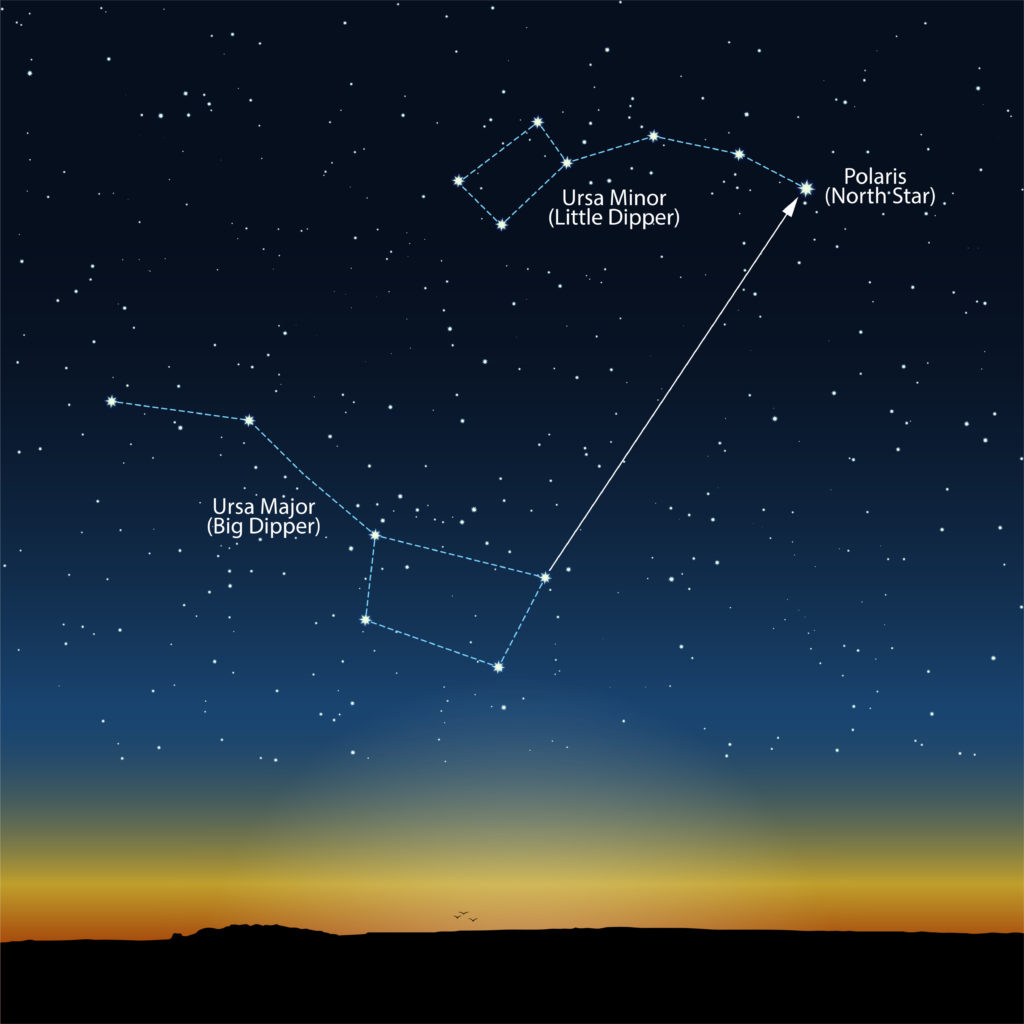
If you were at the North Pole, where do you think the North Star would be?
The North Star would be directly overhead.
How to find the North Star
Polaris is part of the constellation of Ursa Minor, also known as Little Bear or Little Dipper. Polaris lies at the end of the handle of the Little Dipper and is by far the brightest of the seven stars.
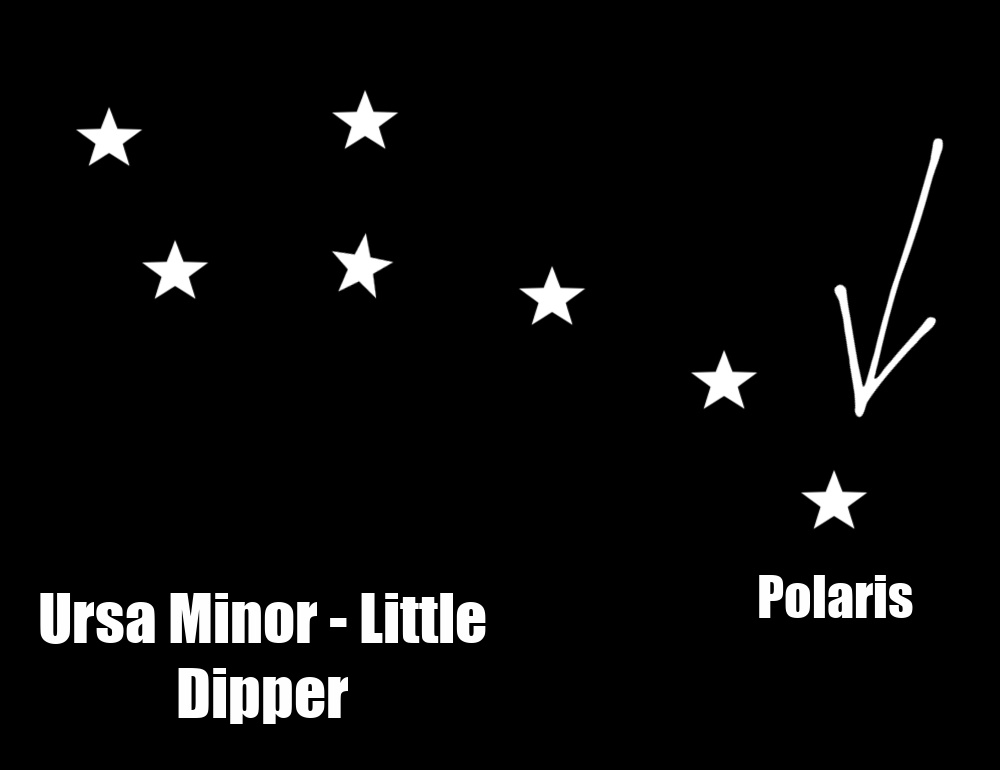
What is a constellation?
A constellation is a group of stars which form a recognisable pattern. These are traditionally identified with a mythological figure.
Glow in the Dark Constellations - How to find the North Star
We made glow in the dark constellations using glow in the dark paint and black card. This was a great way to visualise each constellation and a lot of fun in the dark too!
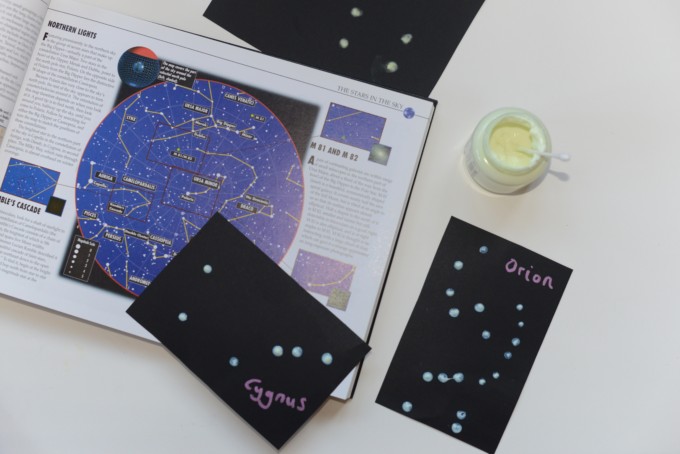
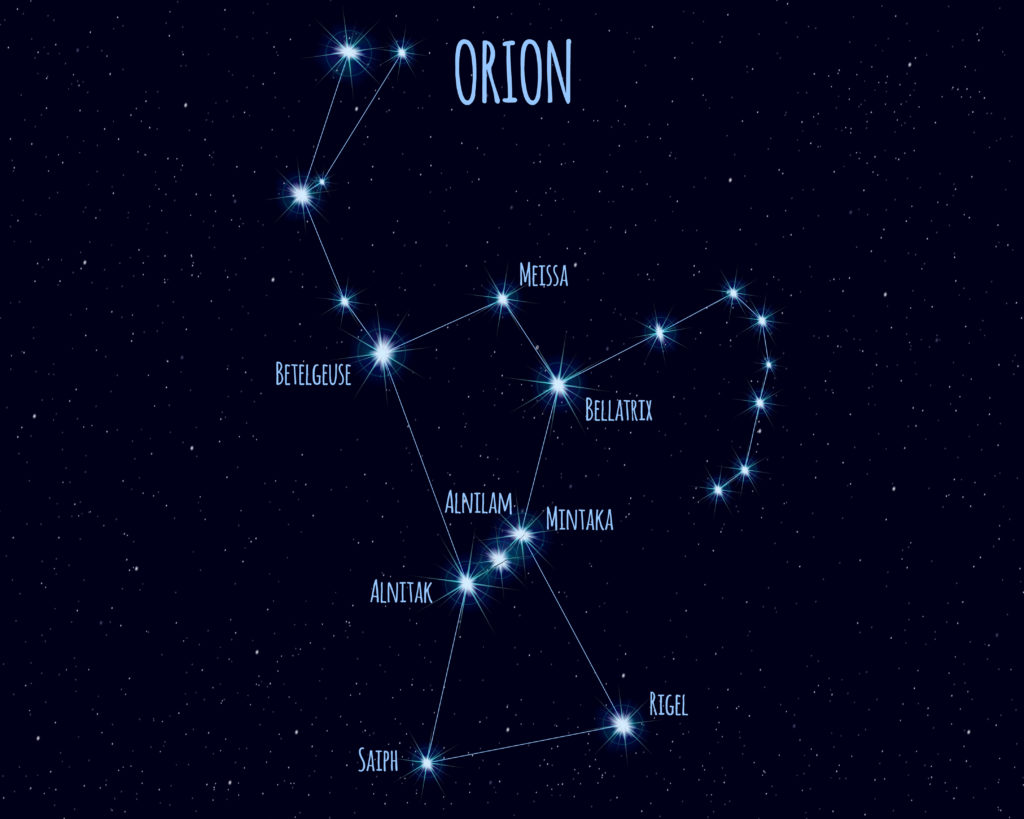
Materials
Glow in the dark paint
Black card
Sticky stars - optional
Instructions
Choose a constellation to represent and use the glow in the dark paint to draw the stars as dots on your black paper.
Can you ask a friend to guess what each constellation is in the dark?
Can you tell what these three constellations are?
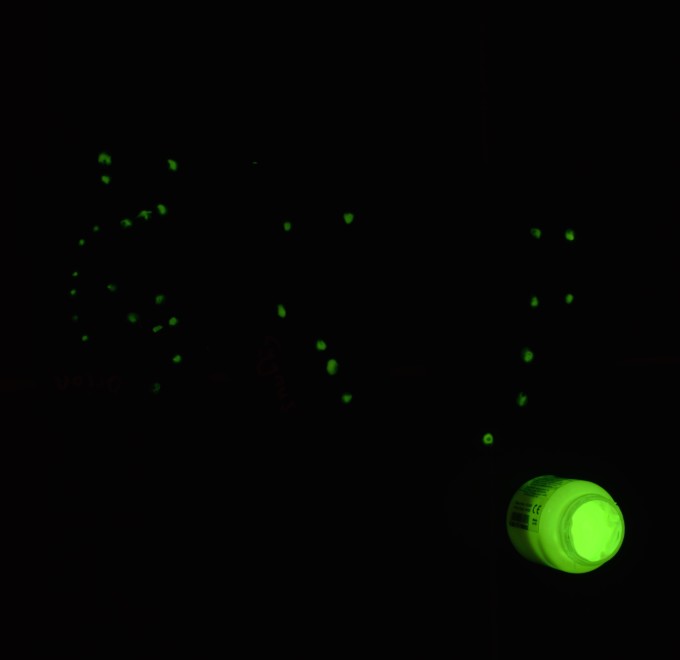
More constellation activities for kids
MollyMoo has some beautiful constellation sewing cards.
Try some dot to dot constellations from These Moments at Home.
Steam Powered Family has some lovely pipe cleaner constellations.
Did you know?
Polaris has not always been the North Star. The Earth wobbles on its axis as it rotates, which means over time, it points to different stars. In 3000 BC, The North star was Thuban!
Now you know how to find the North Star!
If you enjoyed this, try some more of our space science activity ideas.
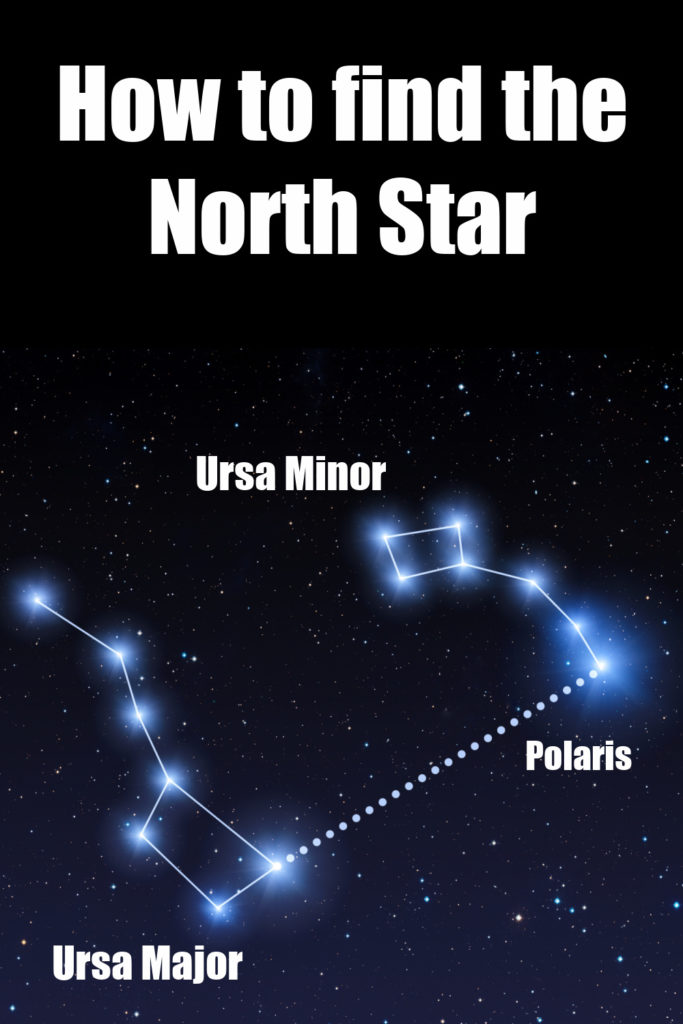
Last Updated on November 28, 2023 by Emma Vanstone



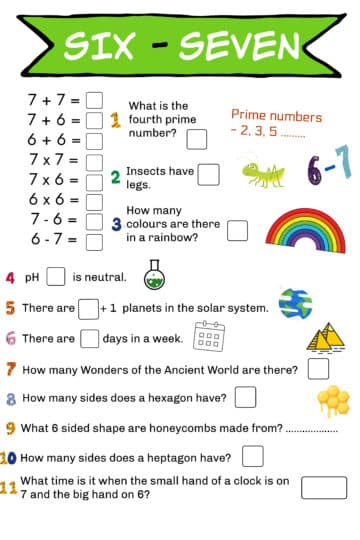
Leave a Reply